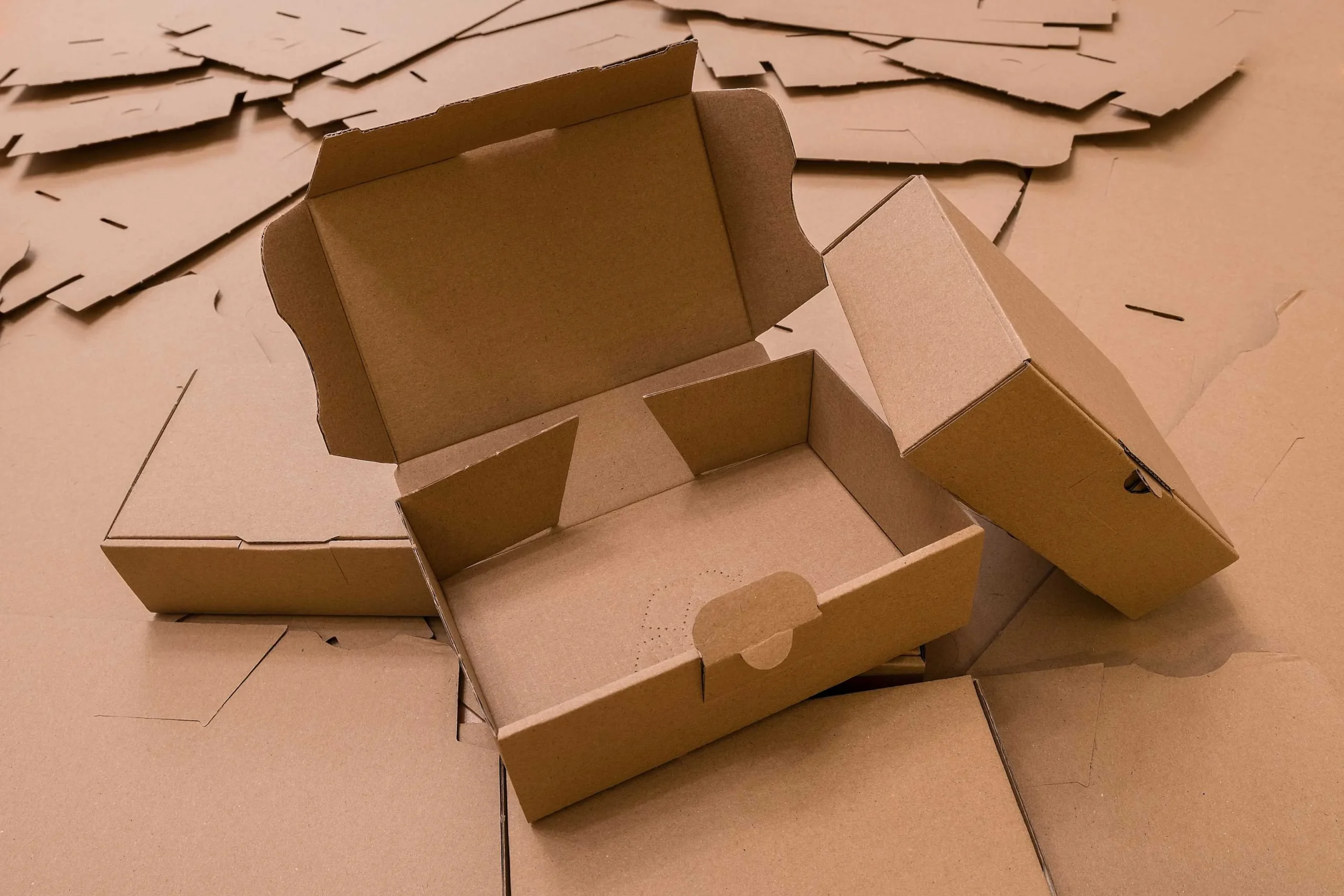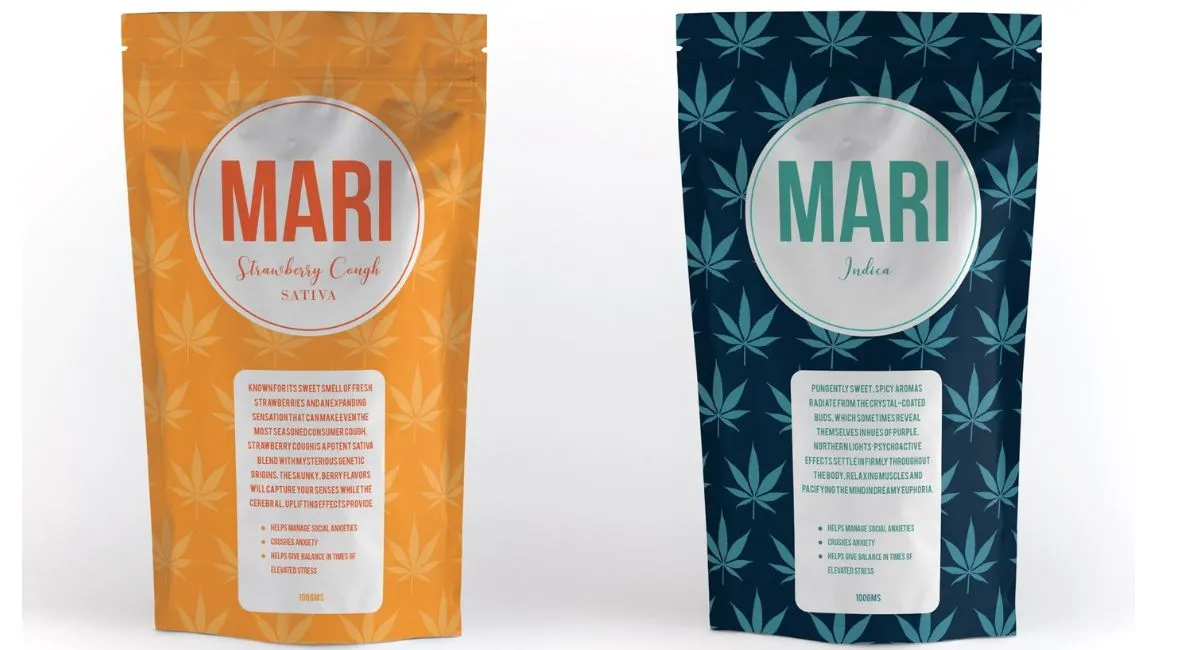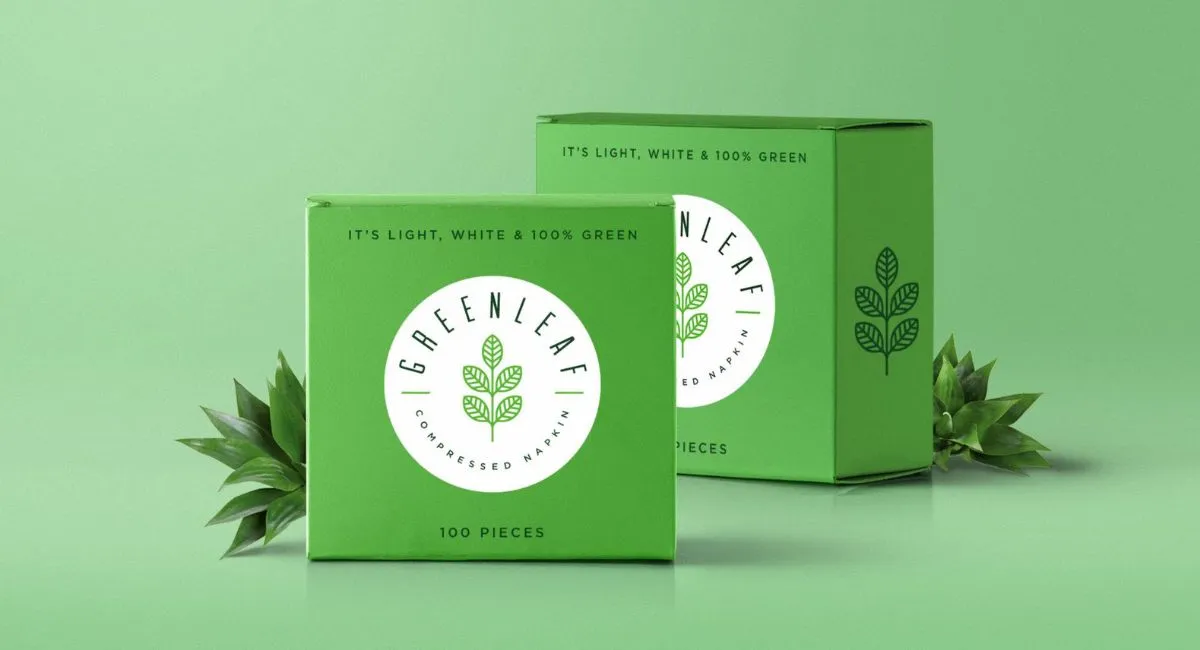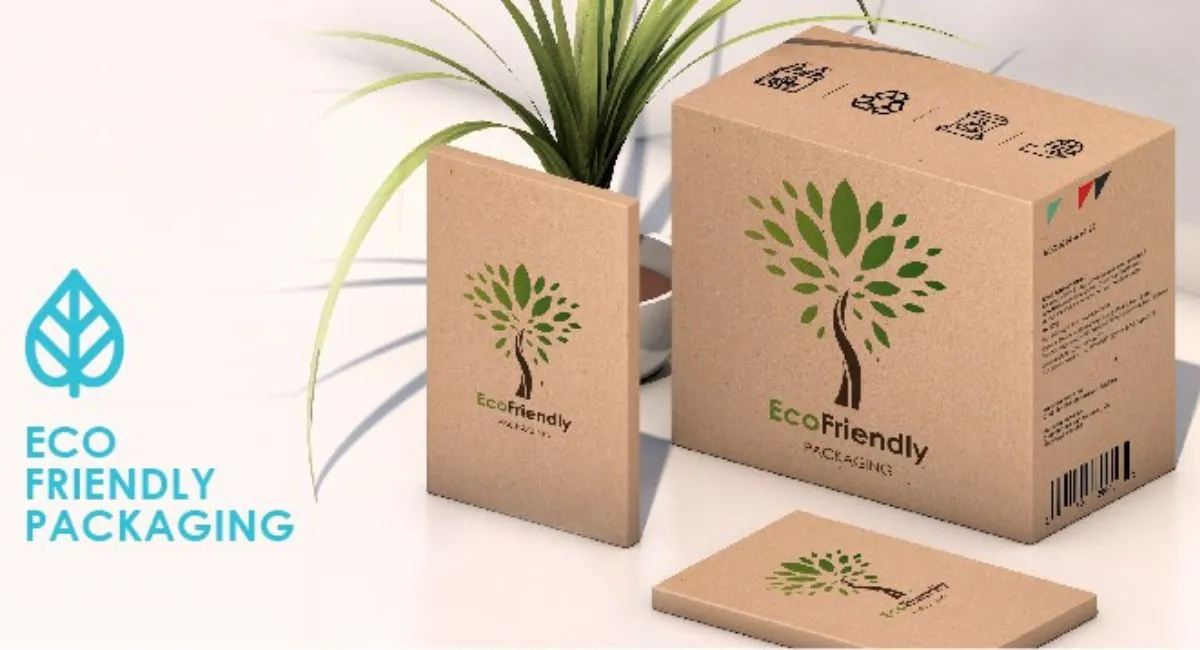How Thick is the Material of My Boxes and How Much Will They Weigh?

When it comes to selecting the right packaging for your product, understanding the material thickness and weight of your boxes is crucial. These factors not only influence the protection and durability of your packaging but also affect shipping costs and environmental impact. In this blog, we will delve into the aspects of material thickness and weight in packaging, providing you with the necessary insights to make informed decisions for your business.
Understanding Material Thickness
Material thickness in packaging refers to the depth of the walls that make up the box. This measurement is typically expressed in points (pt), millimeters (mm), or inches (inch), depending on the type of material and the standard used in the region. The thickness of your box’s material plays a pivotal role in determining its strength and durability.
Cardboard and Corrugated Fiberboard
For cardboard and corrugated fiberboard, thickness is often measured in terms of the flute size (for corrugated) or the caliper (for cardboard). Corrugated fiberboard consists of one or more corrugated sheets (flutes) sandwiched between flat linerboards. The flute sizes, ranging from A-Flute (thickest) to F-Flute (thinnest), determine the thickness and the protective qualities of the box. A-Flute, for example, is about 4.7mm thick and offers excellent cushioning and stacking strength, making it ideal for shipping fragile items.
Cardboard, used for lighter packages such as cereal boxes or shoe boxes, is measured in caliper sizes, where a higher caliper indicates thicker material. The average cardboard thickness ranges from 0.25mm to 2mm.
Plastic and Foam
Plastic and foam packaging materials are measured in millimeters or inches. These materials are chosen for their lightweight, flexibility, and in some cases, their insulating properties. The thickness of plastic packaging can vary widely, from thin films less than 1mm for wrapping to several millimeters thick for rigid containers. Foam packaging materials are available in various densities and thicknesses, tailored to the level of protection required for the product.
The Weight of Packaging Boxes
The weight of a packaging box is influenced by its size, material type, and thickness. Heavier materials like corrugated fiberboard will increase the weight of the package, potentially affecting shipping costs. Here’s a rough guide to help you estimate the weight of your boxes:
- Corrugated Boxes: A standard medium-sized (12x12x12 inches) corrugated box made with B-Flute (approx. 3mm thick) weighs around 0.5 to 0.75 pounds (225 to 340 grams) when empty.
- Cardboard Boxes: A similar-sized box made of cardboard might weigh between 0.2 to 0.5 pounds (90 to 225 grams), depending on the caliper of the cardboard.
- Plastic Containers: The weight can vary significantly based on the type of plastic and thickness. A small to medium-sized rigid plastic container can weigh from 0.1 to 0.3 pounds (45 to 135 grams).
It’s important to note that while thicker and heavier materials offer more protection, they also increase shipping costs. Therefore, finding a balance between protection and weight is key to optimizing your packaging solution.
Calculating Shipping Costs
Shipping carriers typically use a combination of size, weight, and distance to calculate shipping costs. Heavier packages generally cost more to ship. However, dimensional weight (DIM weight) pricing models, which consider both the size and weight of the package, are increasingly common. This approach can make the choice of packaging material and design even more critical, as inefficiently designed or unnecessarily bulky packages can lead to higher shipping costs.
Conclusion
Selecting the right packaging material involves considering the balance between protection, weight, and cost. Understanding the thickness and weight of your boxes is essential in making an informed choice that meets your product’s needs while optimizing for shipping efficiency and sustainability. By carefully selecting your packaging materials and design, you can protect your products, control shipping costs, and reduce the environmental impact of your packaging solutions.



